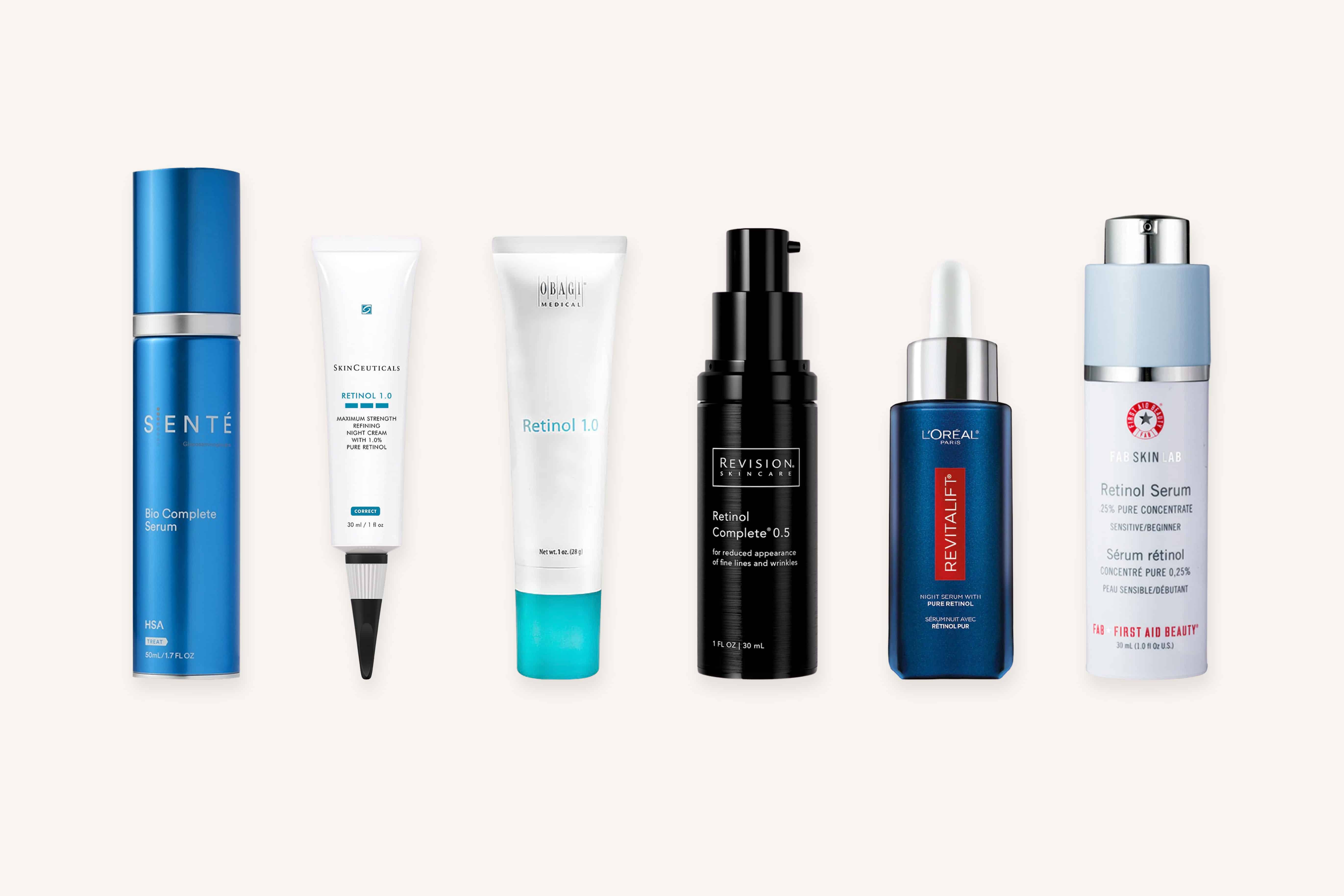If we had a dollar for every time a dermatologist recommended retinol as the gold-standard skin-care ingredient… we’d be lounging on a beach in Bora-Bora right now. Point being, retinol is the undisputed anti-aging champ, with a long and proven track record of exceptional benefits.
“Retinol is a form of vitamin A that, when applied topically, is converted by enzymes in the skin into retinoic acid. Retinoic acid is clinically proven to improve lines [and] discoloration issues and revitalize the skin,” explains New York City board-certified dermatologist Dr. Michele Green. It works on both the surface and deeper layers of the skin, stimulating cell turnover, to improve texture and tone while also boosting collagen production in order to combat fine lines and wrinkles, she explains. The only downside? All this efficacy comes with the potential for some unsightly and annoying side effects—namely, redness and irritation. The particular retinol you choose, and how you apply it, can go a long way toward minimizing the likelihood of these irksome issues and ensuring you get the most bang for your buck. Here’s what you need to know before you shop.
1. Know the retinol percentage—and what that means
“Retinol is commonly used in over-the-counter skin-care products in concentrations ranging from 0.05–2%,” says Dr. Green. The big caveat here? Not all brands disclose this concentration; typically, products from medical-grade and physician-dispensed companies are the ones that do this, adds Dr. Heidi A. Waldorf, a board-certified dermatologist in Nanuet, New York. And while an increased concentration does correlate with increased potency, even small percentages are beneficial.
If you are using a product that specifies the retinol concentration, both dermatologists agree that, if this is your first foray into the world of retinoids and/or you have sensitive skin, it’s best to start at the lowest dose available and gradually work your way up. (More on how to do that to come.)
According to Dr. Green, even the products that contain less than 0.5% can be effective for helping combat the signs of aging, minimizing the appearance of prominent pores, improving tone and texture, and generally making the skin look better. But if you’re trying to address deep wrinkles or pronounced discoloration, you will want to try and ultimately work your way up to a 1% concentration, she says.
Derm product recommendation: retinols for beginners
L’Oréal Paris Revitalift Derm Intensives Night Serum with 0.3% Pure Retinol ($37)
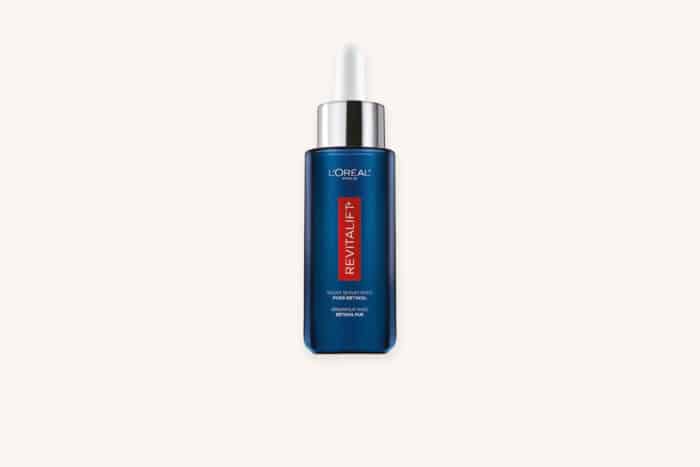
Very few drugstore retinol products reveal their retinol concentration—this bottle is an exception. It’s noteworthy in that sense as well as for the fact that it actually uses retinol; most drugstore options contain slightly less-potent derivatives. And we’d be remiss not to mention the wallet-friendly price.
First Aid Beauty Fab Skin Lab Retinol Serum 0.25% Pure Concentrate ($58)
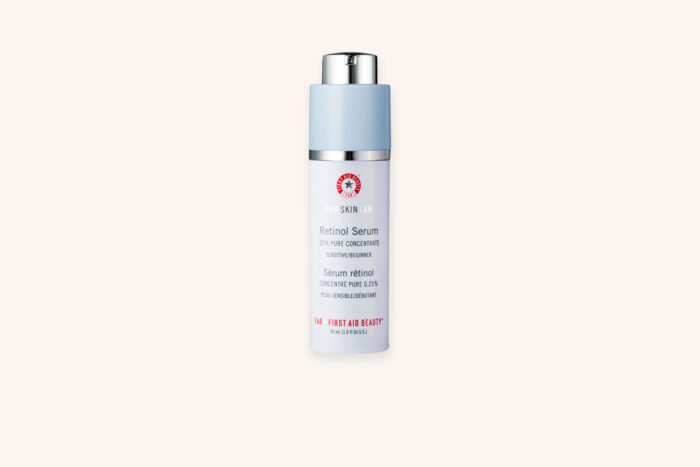
This one is for the sensitive skin crowd and the retinol beginners out there. Not only does it contain the lowest percentage of retinol of any products on this list (don’t worry, it’s still effective), but it pairs that retinol with a complex of hydrating and soothing ingredients—hyaluronic acid, vitamin E, aloe, and colloidal oatmeal, to name a few—to further minimize the likelihood of irritation.
2. Know which form of retinol you’re buying
It’s important to consider not only the percent of retinol but also the particular type being used. Retinol is the over-the-counter alternative to prescription-only retinoic acid; when applied to the skin, retinol converts into retinoic acid. But there are other OTC retinoids available as well—retinaldehyde and retinyl palmitate being two common forms. They’re all vitamin A derivatives and ultimately have the same mechanism of action but require additional steps of conversion before they turn into retinoic acid, which in turn makes them slightly less potent than retinol, says Dr. Green.
Derm product recommendation: the all-in-one retinol
Senté Bio Complete Serum ($98)
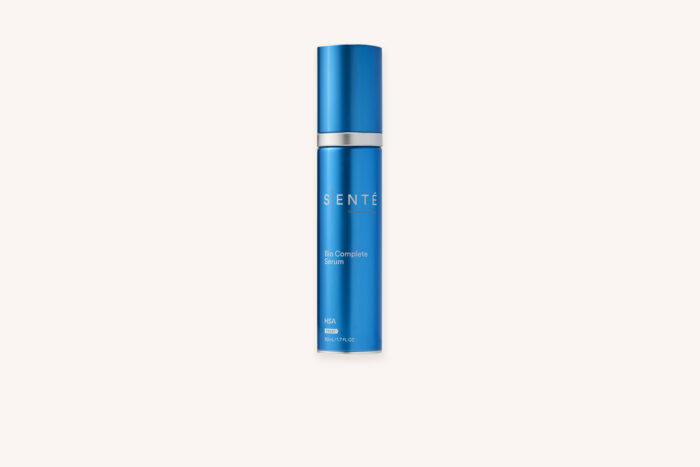
Here, two forms of time-released retinoids—pure retinol and retinyl safflowerate—are combined with vitamin C, wrinkle-smoothing peptides, and the brand’s proprietary ingredient, heparan sulfate analog. The latter is an excellent hydrator, helping to counteract retinol’s drying and irritating side effects and making this formula well-tolerated.
Related: How to Use Retin-A: 7 Tricks Derms Swear By for Getting the Best Result
3. Know how to use retinol in your nighttime skin-care routine
Repeat after us: Less is more. “Using more product will not give you better results—it will just increase the potential for irritation,” cautions Dr. Waldorf. She suggests applying a pea-size amount of your retinol product to the back of your hand, then taking a small amount from that and dabbing it onto your cheeks, nose, forehead, and chin. Be extra cautious about applying it around your eyes and, unless the product specifically says it’s meant for use on the eyelids, avoid applying it onto the upper lid. “The skin here is not only thin, it also folds in on itself when your eyes are open. That skin-against-skin folding increases absorption and therefore the likelihood of irritation,” Dr. Waldorf warns. Once it’s fully absorbed into your skin, apply a gentle moisturizer all over; this will help mitigate retinol’s drying side effects.
A few other things to keep in mind: Make retinol the sole active ingredient in your nighttime skin-care routine. (It’s best reserved for the overnight hours because it can be inactivated by the sun.) Alpha hydroxy and beta hydroxy acids also stimulate cell turnover, and pairing them with retinol can cause severe irritation, says Dr. Green. Save them for morning use or for nights when you’re not using retinol. Similarly, “retinol may inactivate or be inactivated by benzoyl peroxide, so don’t use the two at the same time,” adds Dr. Waldorf.
Derm product recommendation: the potent retinol that minimizes irritation
Revision Skincare Retinol Complete 0.5 ($98)
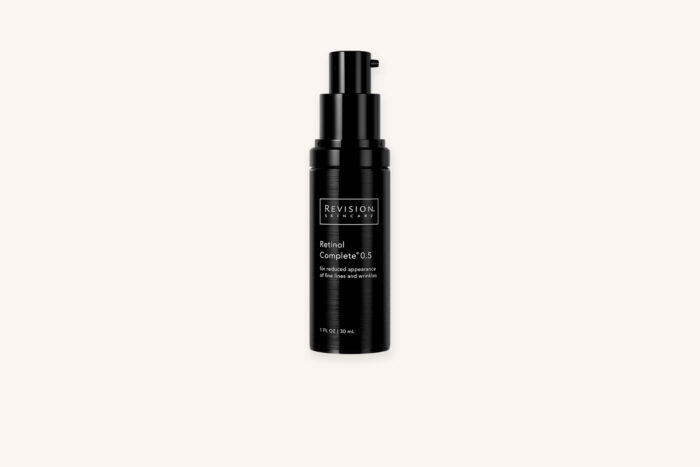
A great middle-of-the-road option in terms of potency, this serum pairs retinol with five different antioxidants—a winning combo, given that combining lower-strength retinol with antioxidants can help you achieve maximum results, says Dr. Green. It brightens and plumps while hydrating skin, so you can use it on its own, after cleansing, before bed.
4. Know how to build tolerance and work up to higher retinol concentrations
Retinol newbies should start by using retinol two to three times per week for two weeks, then gradually increase the frequency as tolerated, suggests Dr. Waldorf. (Those with sensitive skin should scale back even further and start with once-weekly application.) “Once you’re comfortable with the product you’re using, give it at least two months in order to see a difference. If you aren’t seeing a change at that point, you may want to increase to a higher strength—start by alternating with the lower strength—and/or ask your dermatologist if you’re a candidate for a prescription retinoid,” she advises.
Derm product recommendation: the powerhouse anti-aging retinol
SkinCeuticals Retinol 1.0 ($88)
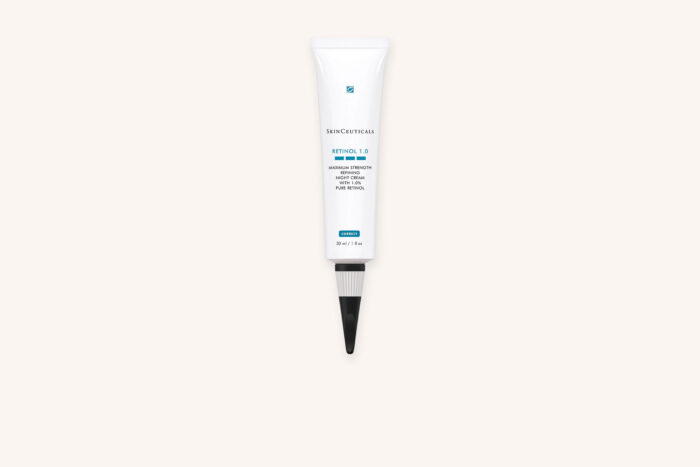
This is an option ideal for those who want a powerful dose of retinol and retinol alone. True to its name, it contains a 1% dose, paired with unique stabilizing and delivery technologies, to ensure that it’s released evenly into the skin. The brand also offers 0.3% and 0.5% variants as well, so you can easily work your way up to this one.
5. Know how retinol affects cosmetic treatments
Booked a cosmetic procedure? Your best bet is to check with your doctor beforehand, to see if they advise stopping your retinol. It’s generally recommended to stop retinol use one week prior and for two weeks after fractionated laser resurfacing treatments, says Dr. Waldorf. For milder exfoliative treatments, such as the Clear + Brilliant laser or microdermabrasion, you’ll want to take two days off afterward, she adds. And this may not seem super-obvious, but it’s also a good idea to skip retinol the night after any cosmetic injections. Injections require the skin to be cleansed with alcohol, which strips lipids, compromising the skin barrier and making irritation more likely, Dr. Waldorf explains.
Derm product recommendation: the treatment-results-extending retinol
Obagi Retinol 1.0 ($67)
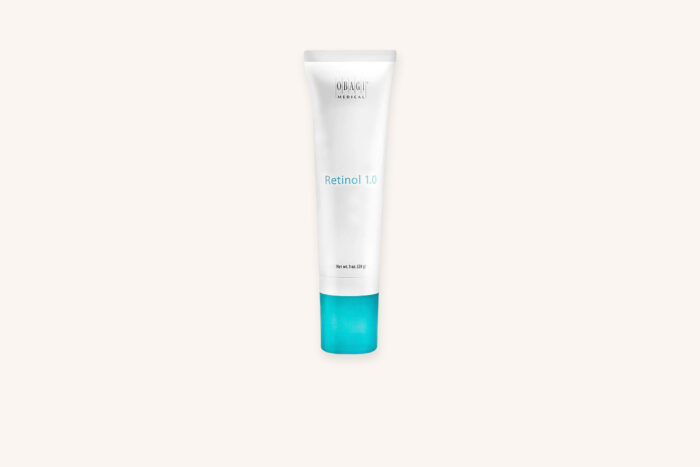
This treatment is not for the faint of heart (or skin, as it were). It combines a powerful 1% concentration of retinol with vitamin C, another tried-and-true anti-ager also lauded for its skin-brightening and collagen-boosting effects. That being said, vitamin C can also be irritating, so this product is best reserved for experienced retinol users who don’t have sensitive skin. Use it regularly in an anti-aging routine that’s supplemented by maintenance procedures, for best results.







